open main page for all woods open page 2 for articles
AMBROSIA
There is a category of beetle that is NOT a taxonomic group but rather a diverse range of beetles that share the characteristic that they have a symbiotic relationship with a particular fungus, called ambrosia fungus. When the beetles burrow holes in a tree, in which they bury their larvae (they don't eat the wood of the tree, they just excavate it) This fungus causes discoloration that is carried up and down the tree in the sap. These beetles do not normally kill the trees they bore into, but if a sufficiently large number of them use one tree, they can kill it because the fungal growth clogs up the flow of tree nutrients. Ambrosia markings happen most often in maple, and ambrosia maple is quite popular among wood turners, but it also happens in other woods. The density of marking can vary by a huge amount, with some planks having only a hole or two and others being just full of them.
Examples:
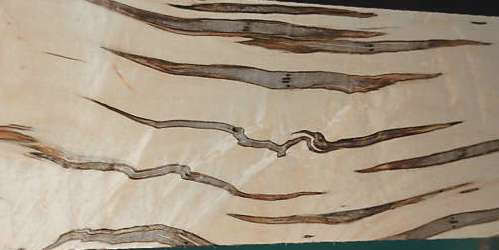
hard maple
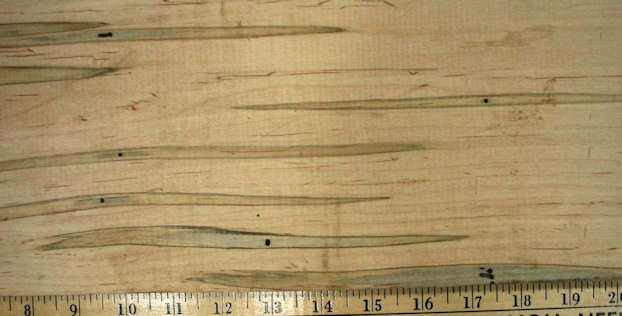
maple

maple
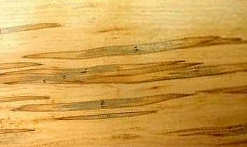
maple
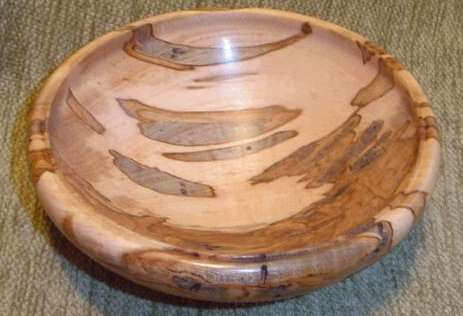
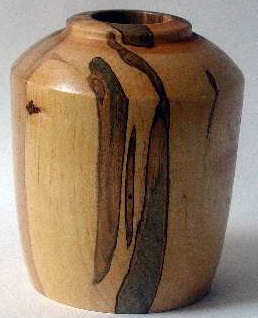
maple bowl and vase with ambrosia stains

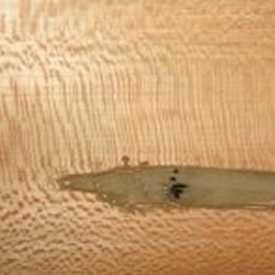
sycamore planks with ambrosia stains

tupelo with a single ambrosia stain

very unusual black walnut with ambrosia attack ... it's only a single hole, but hey, I've only seen a few pieces of walnut with ambrosia staining in 20+ years of looking at LOTS of wood.
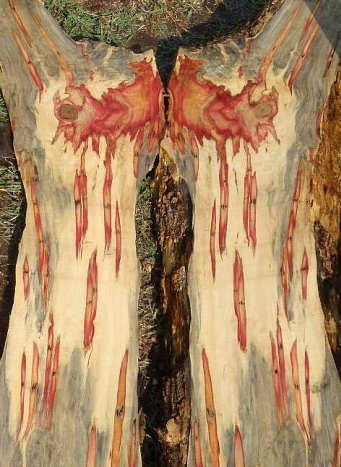
box elder bookmatched slabs with ambrosia stain --- note that a lot of the normal ambrosia-beetle-caused brown stain is actually red in this wood because box elder can develop red for other reasons (see the upper middle area for example) and apparently has done so for most of these beetle holes. There is a set in the bottom middle that has little red but the rest are mostly red.

A 5" long section of a South American wood, Phyllostylon brasiliensis (sometimes called South American boxwood) that has a streak that clearly seems to be the result of an ambrosia beetle attack.
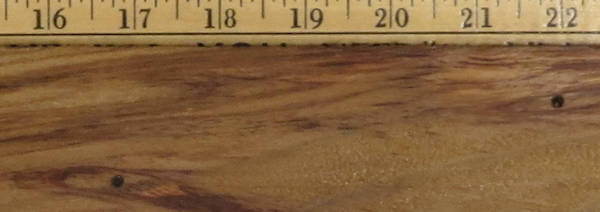
A 7" long section of canary wood that has streaks that clearly seem to be the result of an ambrosia beetle attack, BUT ... the holes coming out of the other side of the plank do not show any discoloration so it's possible that these insect holes were not an ambrosia beetle.
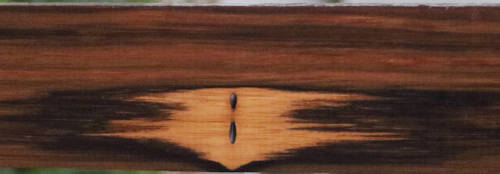
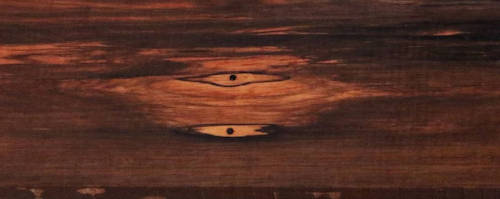
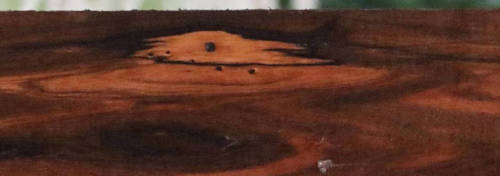
these three exhibit what is apparently ambrose beetle attacks in monterillo. Unlike in light-colored wood such as maple where they leave a dark streak, they have, in this dark wood, left light streaks.















